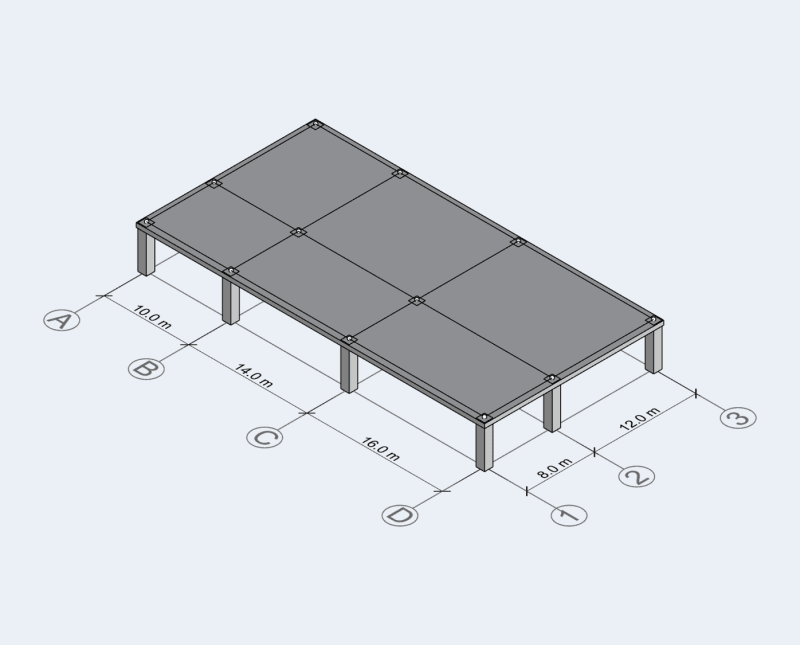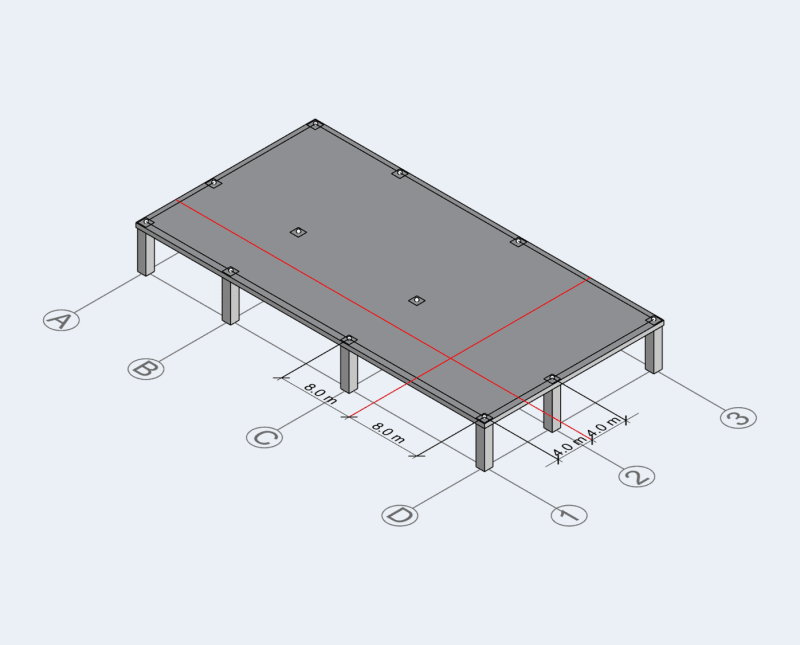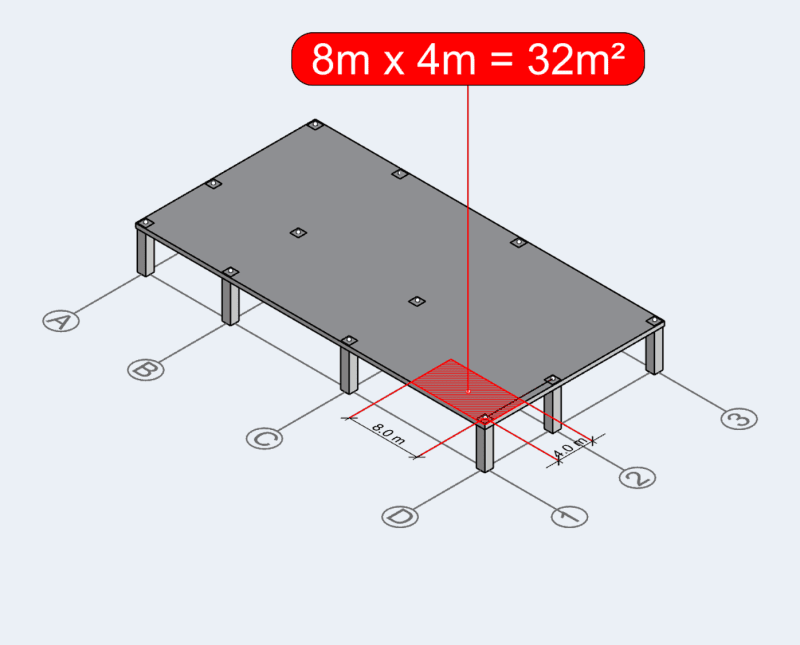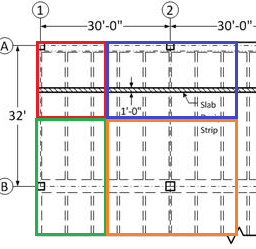tribby3d
Structural
- Sep 24, 2020
- 44
Hi all,
I wrote a blog post about calculating tributary areas of columns. Probably targeted more towards students and graduates, but thought someone in here might find it useful anyway Feel free to check it out or let me know if you have any comments or thoughts.
Feel free to check it out or let me know if you have any comments or thoughts.
Read the full article here:
Previews:



Tribby3d
Structural loading software in the cloud
I wrote a blog post about calculating tributary areas of columns. Probably targeted more towards students and graduates, but thought someone in here might find it useful anyway
Read the full article here:
Previews:



Tribby3d
Structural loading software in the cloud

